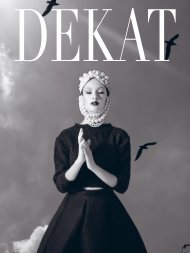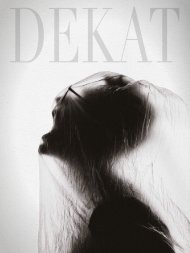1
Create successful ePaper yourself
Turn your PDF publications into a flip-book with our unique Google optimized e-Paper software.
This poetic use of materials can be seen as a reflection of her inner life, her struggle with loneliness and depression, and her quest for meaning and beauty. As such, she applied<br />
glass in different forms. Glass added colour, light, reflection, and sparkle to her world, contrasting with the village and arid landscape beyond. Glass created fantasy but may even<br />
suggest a connection with an underlying theme of impermanence and fate. Concrete was used, often mixed with crushed glass and wire armatures for most of the sculptures. It<br />
gave her sculptures a solid and durable form but also allowed her to shape them into various textures, themes, and motifs. Wire created the skeletons of her sculptures and a base<br />
for details and embellishments. It also gave them a sense of movement and dynamism and a delicate and intricate appearance. Mirrors and mirror pieces underscore the whimsical<br />
but also add fantastical reflections, mystery, and depth. Helen cut metal sheets into various symbolic shapes and sizes, such as circles, stars, crescents, and hearts, which she<br />
attached to her sculptures using wire or nails. Some metal sheets were painted to add colour and contrast and focus interest.<br />
Helen ultimately used materials and transformed them creatively to manifest her themes. In her hands, materials metamorphosed to enhance her messages through a contrast<br />
between the old and the new, the fragile and the solid, the transparent and the opaque, light and shadow. She willed them into a personal, magical, fourdimensional<br />
world of forms, textures, light, and colours.<br />
212 FOR THE LOVE OF LIGHT<br />
FOR THE LOVE OF LIGHT 213





